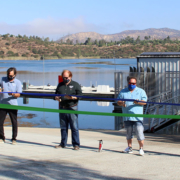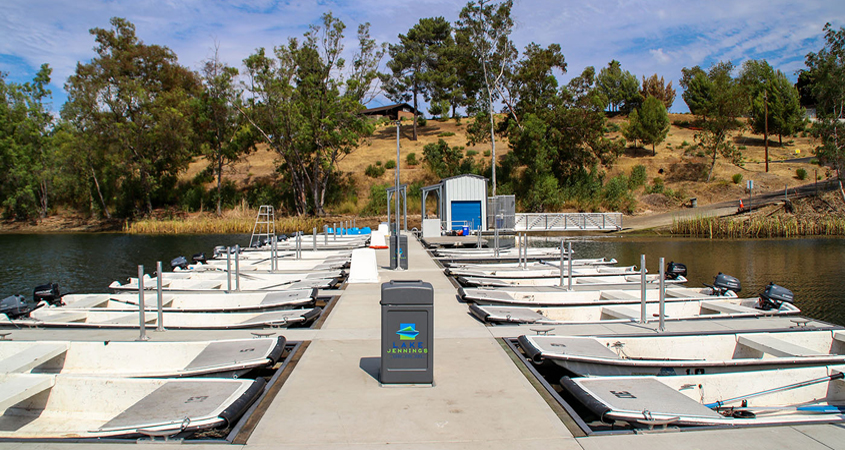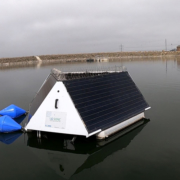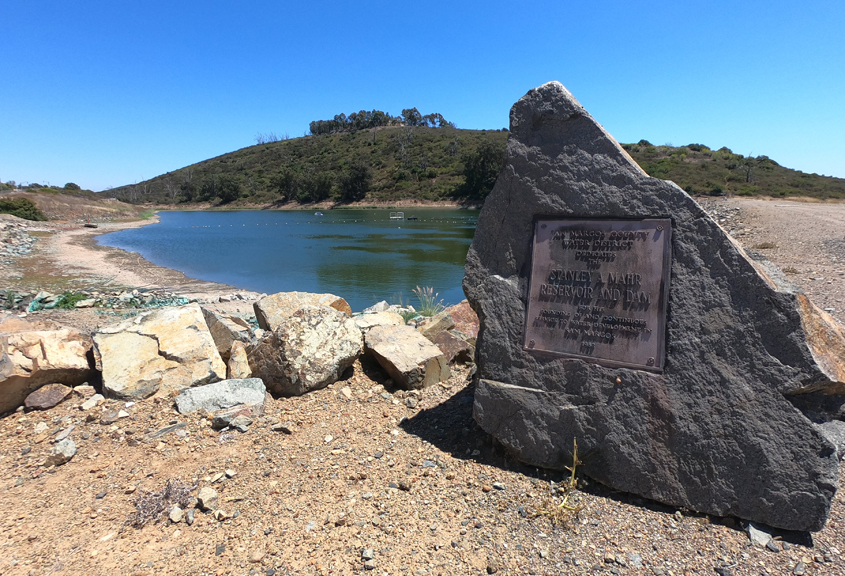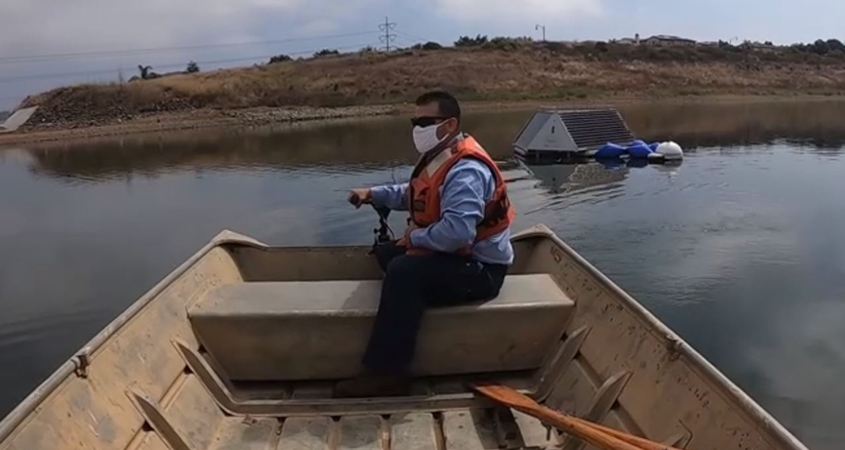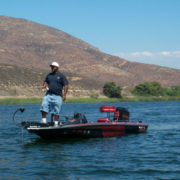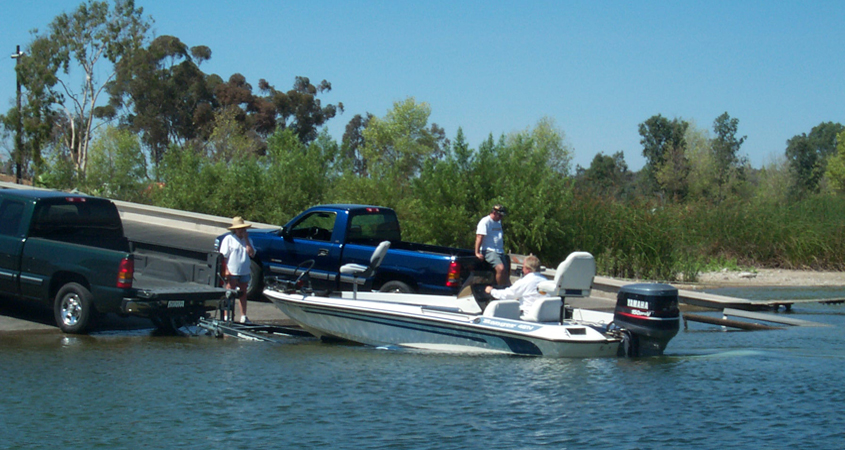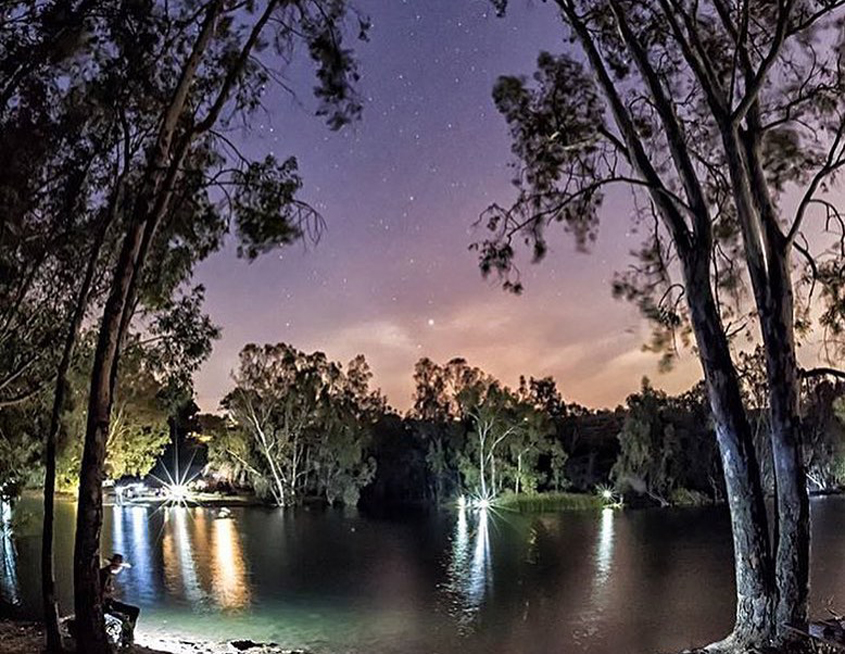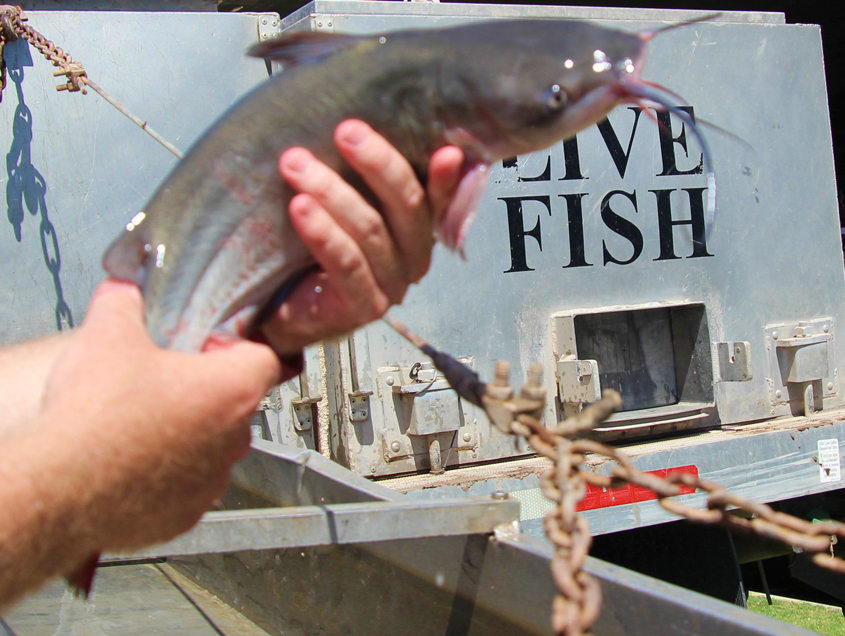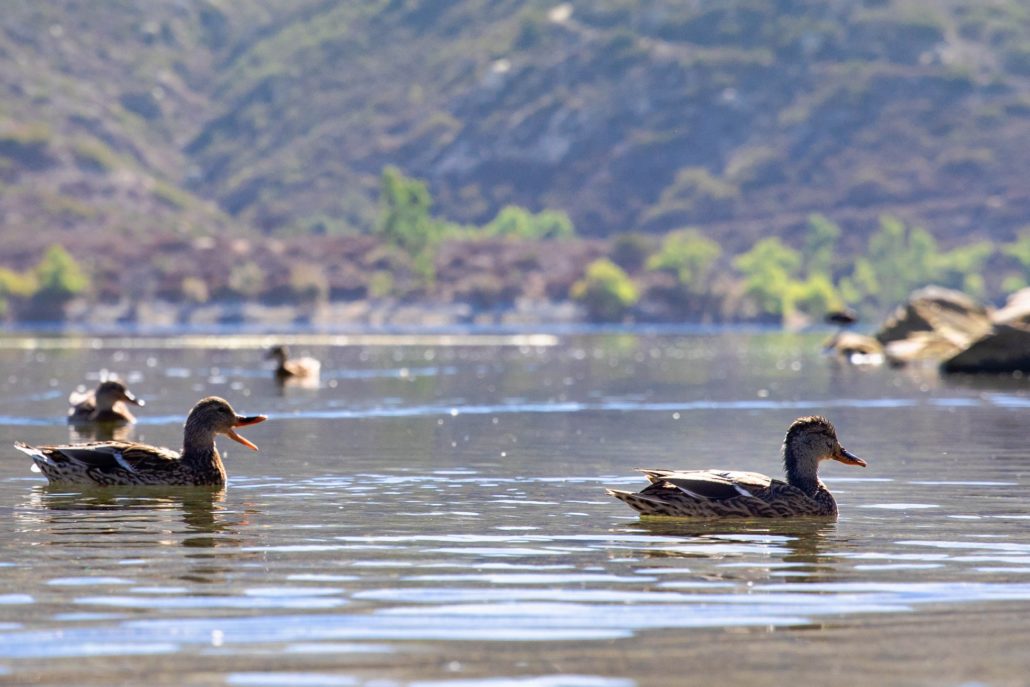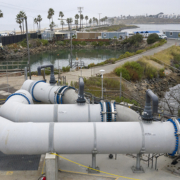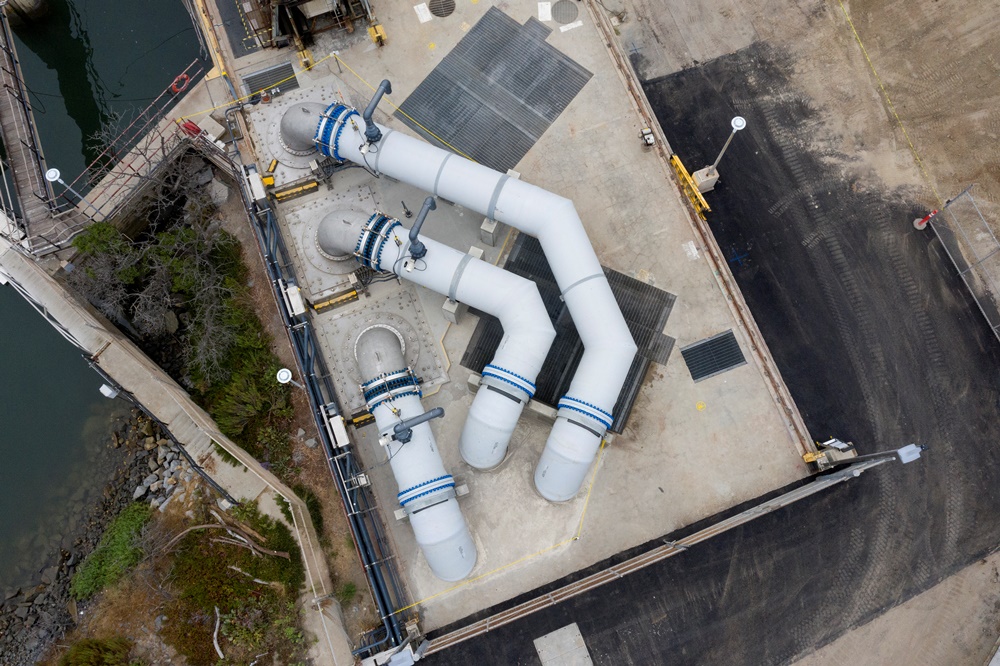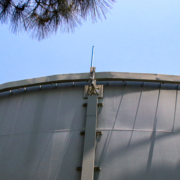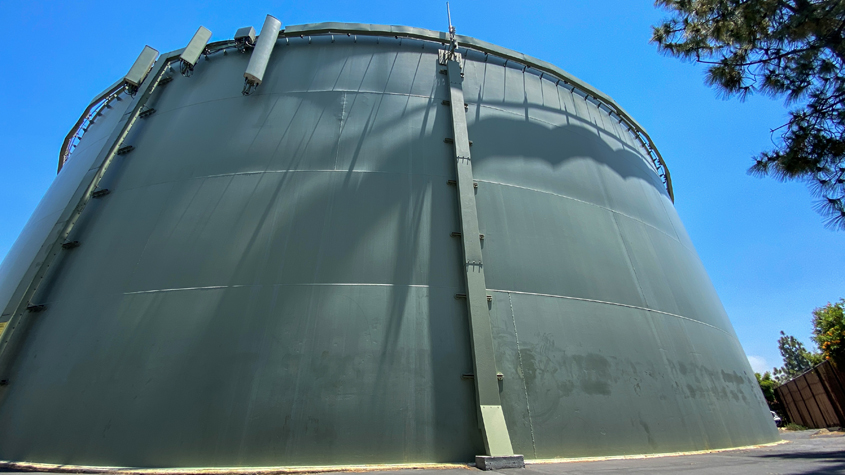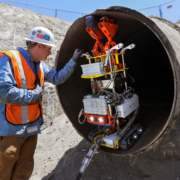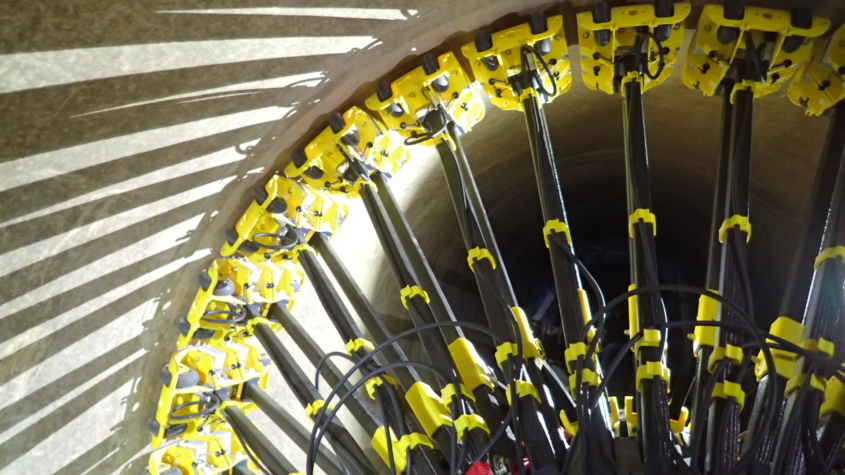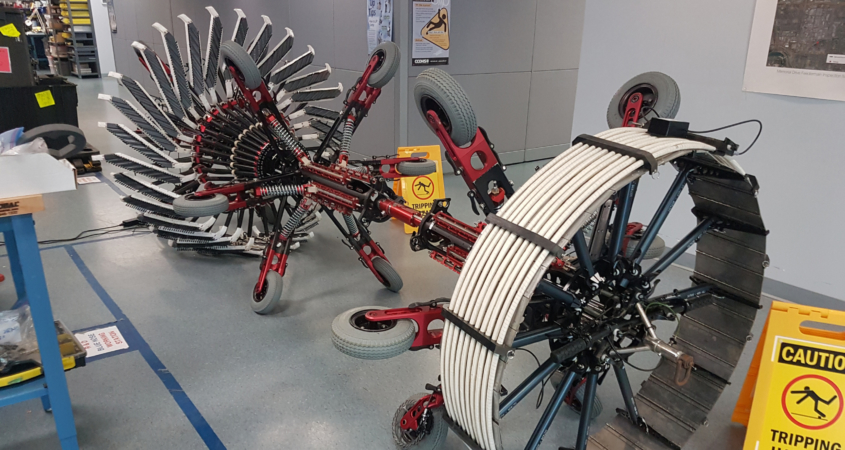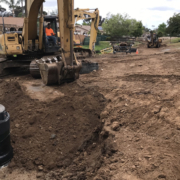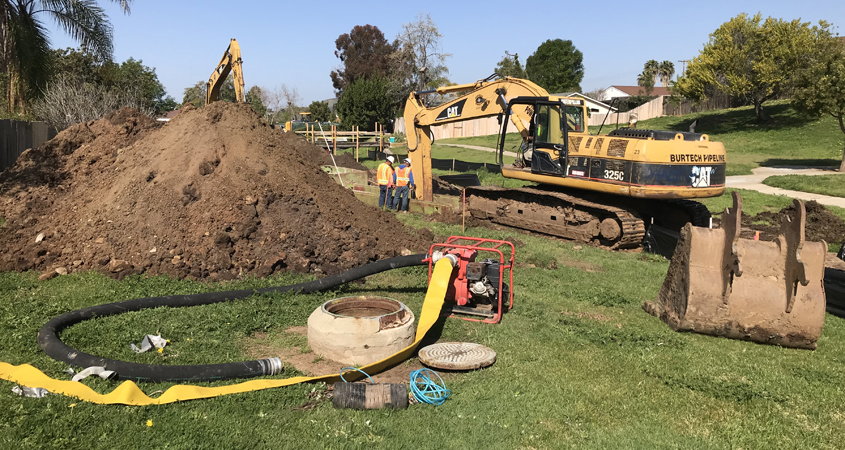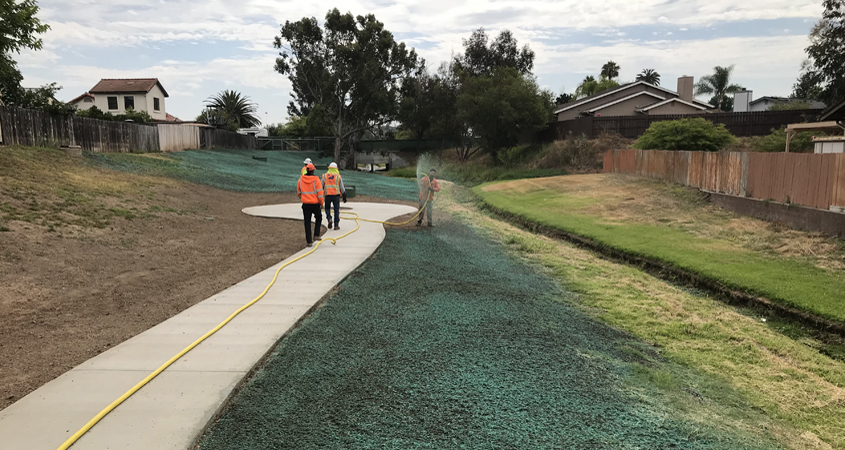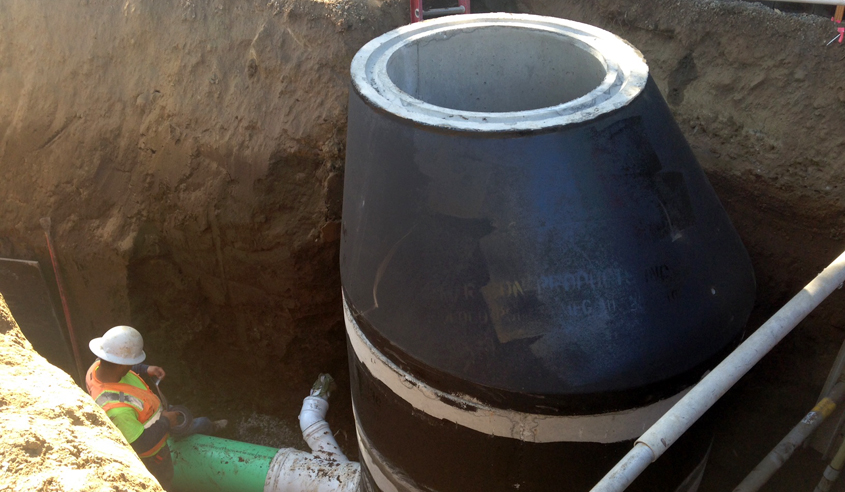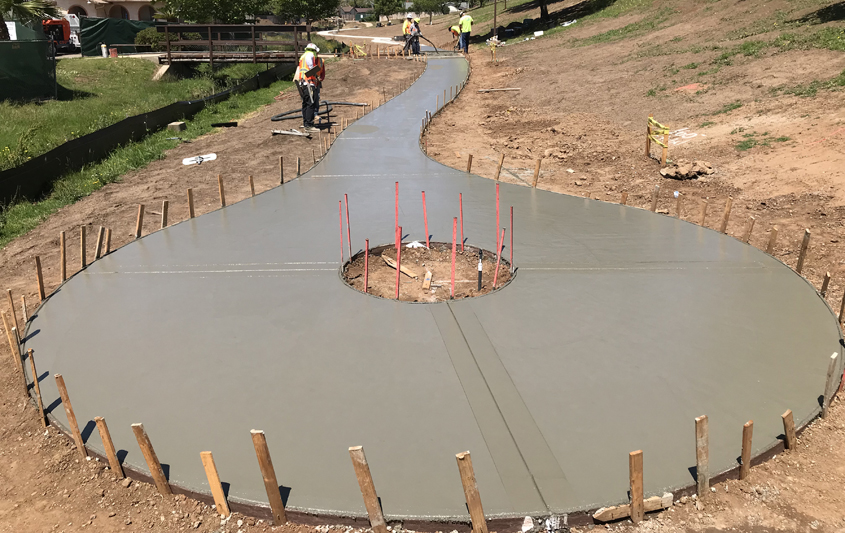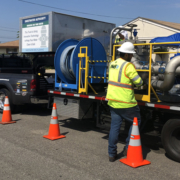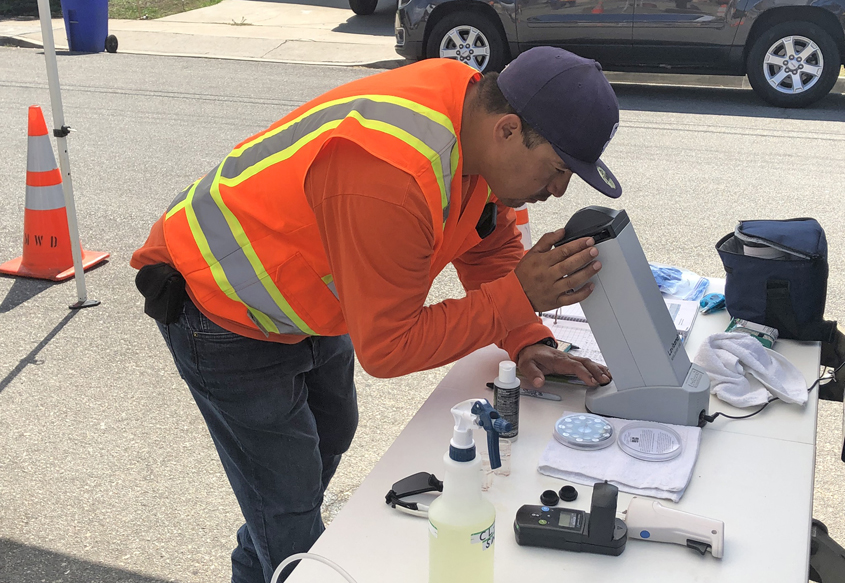San Diegans #AskAnExpert Reservoir Recreation Questions
Reservoir Keeper Viviana Castellon shared her expertise with citizens during the City of San Diego’s #AskAnExpert series on Instagram as part of the City’s community outreach to citizens. The City regularly offers the opportunity for the public to ask employees about its services including parks, libraries, streets, and water.
“We find that it’s a great way to get general information about City services to the public,” said Arian Collins, public information officer with the San Diego Public Utilities Department.
Castellon answered several questions about the recreation offered at the City’s lakes and reservoirs.
Can you rent boats at City of San Diego reservoirs?
Yes, the reservoirs do have boat rentals through the concessionaires. You can view the hours of operation and rentals fees online.
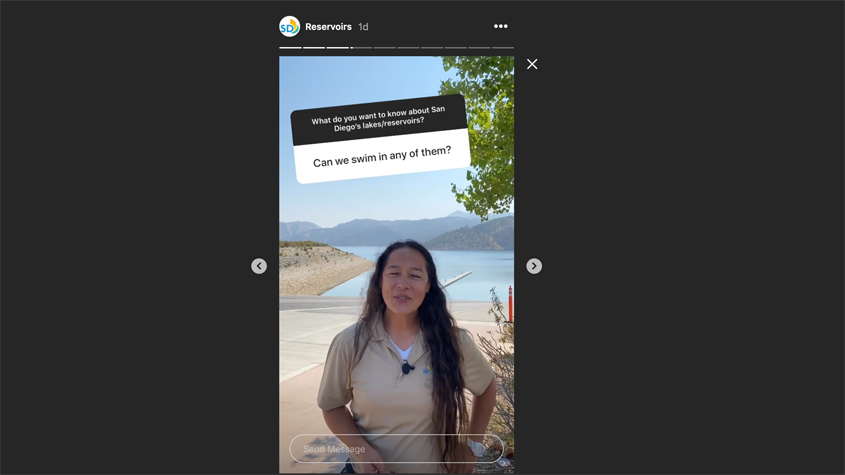
Social media outreach gives City of San Diego residents access to experts like Reservoir Keeper Viviana Castellano. Photo: City of San Diego/Instagram
Is stand-up paddleboarding allowed at any City of San Diego reservoir?
Yes, Hodges Reservoir offers stand-up paddleboarding on Wednesday, Saturday, and Sunday from the beginning of February through the end of October.
Can you swim at City of San Diego reservoirs?
No. What are commonly referred to as the San Diego City lakes are actually impounding reservoirs that are part of the City’s municipal water-supply system. The State Water Resources Control Board approves the different recreational activities that can occur on our reservoirs and swimming is not included in our current domestic water supply recreational permit.
Can you water ski at the City of San Diego reservoirs?
Yes, San Vicente Reservoir offers water-skiing and wakeboarding from May through October Thursday through Sunday.
Residents who would like to keep up with the latest information about the City’s reservoirs and lakes as well as other City of San Diego services can learn more at the City of San Diego website, as well as follow the City’s Instagram account for more #AskAnExpert opportunities.


